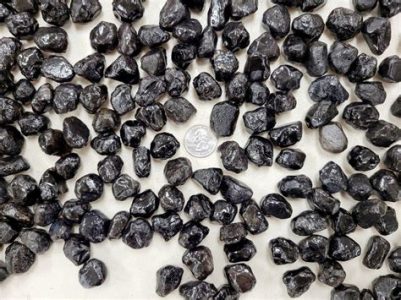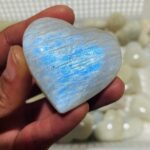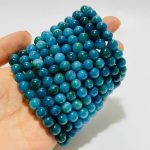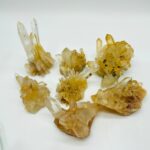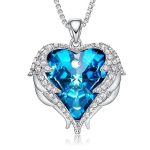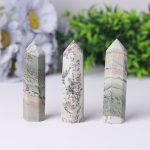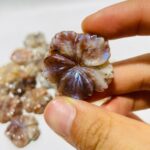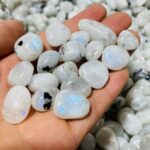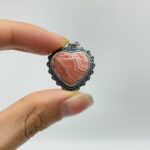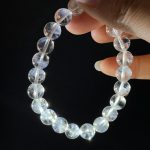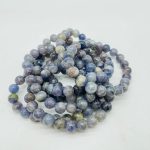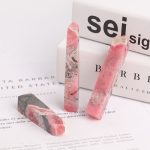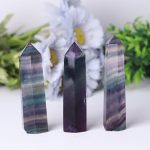Introduction
In the ever-evolving world of materials science, quartz and mica stand as two formidable contenders, each boasting unique properties and applications. This comprehensive guide delves into the intricacies of these minerals, comparing their characteristics, benefits, and potential in the year 2025.

Physical Properties
- Quartz is a hard, crystalline mineral composed primarily of silicon dioxide (SiO2). It occurs in various colors, including transparent, white, pink, and purple. Quartz has a high melting point and is highly resistant to heat, chemicals, and abrasion.
- Mica is a group of sheet silicate minerals composed of aluminum, potassium, and other elements. It occurs in thin, flexible sheets that exhibit a pearly luster. Mica is lightweight, heat-resistant, and has excellent electrical insulating properties.
Crystal Structure
- Quartz has a trigonal crystal structure, forming hexagonal prisms. This structure provides quartz with its exceptional hardness and stability.
- Mica has a layered crystal structure, composed of continuous sheets of tetrahedral and octahedral layers. This structure gives mica its characteristic flexibility and cleavage.
Optical Properties
- Quartz is transparent or translucent, depending on its purity. It has a refractive index of 1.544, making it an excellent optical material. Quartz is often used in lenses, prisms, and other optical components.
- Mica is typically opaque or translucent, exhibiting a pearly luster. It has a lower refractive index than quartz, around 1.560. Mica is often used as a reflective surface in cosmetics and as a glazing agent in paints.
Electrical Properties
- Quartz is a poor electrical conductor, making it a valuable dielectric material. It has a high electrical resistivity, which makes it useful in electronic applications.
- Mica is also a poor electrical conductor with excellent insulating properties. Mica is widely used as a capacitor dielectric, substrate material, and insulator in electronic devices.
Thermal Properties
- Quartz has a high melting point of 1713°C and a low thermal expansion coefficient. This makes it suitable for applications involving high temperatures, such as in glass manufacturing and refractory materials.
- Mica has a relatively low melting point ranging from 600°C to 800°C. However, it exhibits excellent thermal insulation properties, making it useful in heat-resistant applications, such as in furnace linings and fireproofing materials.
Comparison Table
| Property | Quartz | Mica |
|---|---|---|
| Chemical Composition | Silicon dioxide (SiO2) | Aluminum, potassium, and other elements |
| Crystal Structure | Trigonal | Layered |
| Hardness | 7 on Mohs scale | 2-3 on Mohs scale |
| Transparency | Transparent or translucent | Opaque or translucent |
| Refractive Index | 1.544 | 1.560 |
| Electrical Conductivity | Poor conductor | Poor conductor |
| Thermal Conductivity | Low | Low |
| Melting Point | 1713°C | 600-800°C |
Applications
Quartz
- Glass Manufacturing: Quartz is the primary raw material for glass production. It provides clarity, strength, and durability to glass products.
- Optical Components: Quartz is used in various optical applications, including lenses, prisms, and windows, due to its exceptional clarity and optical properties.
- Semiconductors: Quartz is used as a substrate material for semiconductor devices, providing a high-quality, insulating surface.
- Refractory Materials: Quartz is used in refractory applications due to its high melting point and resistance to thermal shock.
Mica
- Electrical Insulation: Mica is extensively used as a dielectric material in capacitors, transistors, and other electronic components due to its excellent insulating properties.
- Heat Insulation: Mica’s ability to withstand high temperatures makes it suitable for heat insulation applications, such as in furnace linings and fireproofing materials.
- Cosmetics: Mica is used as a reflective surface in cosmetics, providing a natural and shimmering effect.
- Paints and Coatings: Mica is used as a glazing agent in paints and coatings, enhancing their durability, gloss, and water resistance.
Benefits and Common Mistakes to Avoid
Benefits
- Quartz: Exceptional clarity, durability, and thermal stability.
- Mica: Excellent electrical insulation, high heat resistance, and flexibility.
Common Mistakes to Avoid
- Using Quartz for Electrical Insulation: Quartz’s poor electrical conductivity makes it unsuitable for electrical insulation applications.
- Exposing Mica to High Temperatures: While mica has good thermal resistance, prolonged exposure to extremely high temperatures can damage its structure.
- Using Mica in Abrasive Applications: Mica’s low hardness makes it unsuitable for applications involving significant abrasion or wear.
Future Trending and Potential Improvements
- Quartz: Research is underway to develop synthetic quartz with improved optical properties for next-generation optical devices.
- Mica: Graphene-like mica nanosheets are being explored for potential applications in flexible electronics and energy storage.
Case Detail: Tesla’s Quartz Battery
- Tesla Motors is developing a revolutionary battery technology using quartz as the anode material. This technology promises higher energy density and faster charging times for electric vehicles.
Conclusion
- Quartz and mica are two highly versatile minerals with distinct properties and numerous applications. By understanding their similarities and differences, engineers and product designers can optimize their use in electronics, optics, energy storage, and various other industries. As technology continues to advance, the potential for quartz and mica in 2025 remains boundless.









